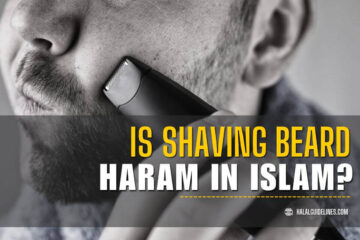Islam places great emphasis on modesty, especially in the way women dress. Clothing is not just a personal choice in Islam but a reflection of one’s faith and commitment to Islamic values. The Quran and Hadith provide guidance on modest clothing, and anything that contradicts these teachings is considered haram clothing.
Here, you’ll find a clear explanation of the types of clothing that are considered haram for Muslim women and the reasons why styles like wearing tight clothes or revealing clothes go against Islamic principles.
What Type of Clothing Is Haram in Islam for Women?
Islamic teachings guide Muslim women to dress modestly by covering their bodies properly and avoiding clothes that attract unnecessary attention.
Here are the types of clothing that are generally considered haram:
1. Tight Clothes
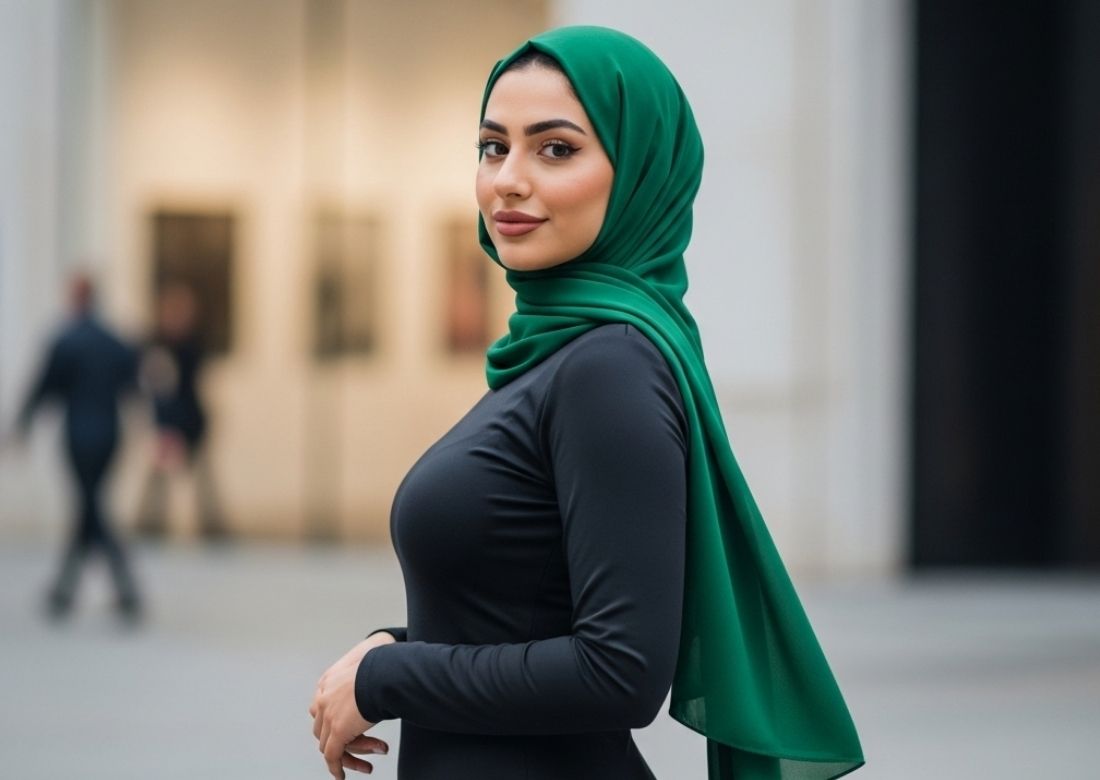
Tight clothing that shows the shape of a woman’s body is considered haram. Even if the body is technically covered, wearing tight clothes that reveal curves or outline the body is against the rules of modesty in Islam.
Such clothing contradicts the Islamic concept of haya (modesty), which highlights lowering the gaze and dressing in a way that does not attract attention. While you should always choose loose and relaxed garments help preserve dignity and prevent others from being exposed to temptation or distraction.
2. Revealing Clothes

Clothes that show the arms, legs, chest, back, or any part of the awrah (the private parts that must be covered) are haram. Islam requires women to cover their awrah when in front of non-mahram men (men who are not close relatives).
3. Transparent or See-Through Clothes
Even if the body is covered, wearing transparent clothes that allow the skin or undergarments to be seen is not allowed. The purpose of Islamic clothing is to cover and protect, not to expose.
Transparent fabrics defeat the goal of modesty by revealing what should be kept private. Women should ensure that their clothing is fully opaque and layered well, especially in bright lighting or outdoor settings, to avoid unintentional exposure.
4. Imitating Non-Muslim Fashion (Western Clothes)

Wearing western clothes that are designed to show off the body, resemble celebrity fashion, or imitate non-Islamic cultures is discouraged. Islam encourages Muslims to have a unique identity. If wearing Western clothes involves violating modesty rules, it becomes haram.
5. Men’s Clothing
Islam prohibits women from wearing clothes that imitate men. This includes styles, cuts, or garments that are culturally recognized as male-specific. The Prophet Muhammad (peace be upon him) warned against men imitating women and women imitating men in dress and behavior.
Such imitation can blur the clear roles and identities Islam has outlined for each gender. It is not just about the clothing itself, but the message it sends and the attitude it represents.
Here are some examples:
- Clothes with masculine cuts or labels
- Military-style outfits or suits
- Oversized men’s jackets or shirts
Women should choose clothing that reflects feminine modesty and aligns with Islamic values while maintaining grace and identity.
6. Clothing with Inappropriate Prints
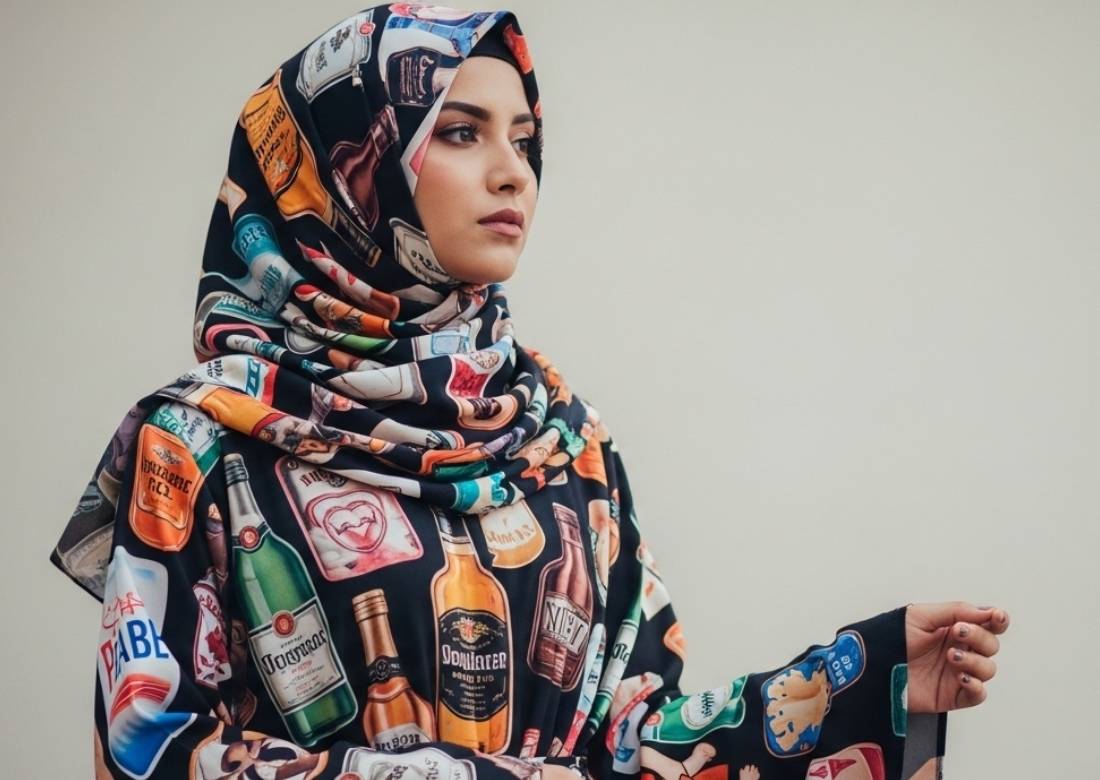
Clothes that have vulgar images, offensive language, or signs that promote un-Islamic messages are haram. A Muslim woman should not wear anything that goes against Islamic values.
7. Excessively Flashy Clothing
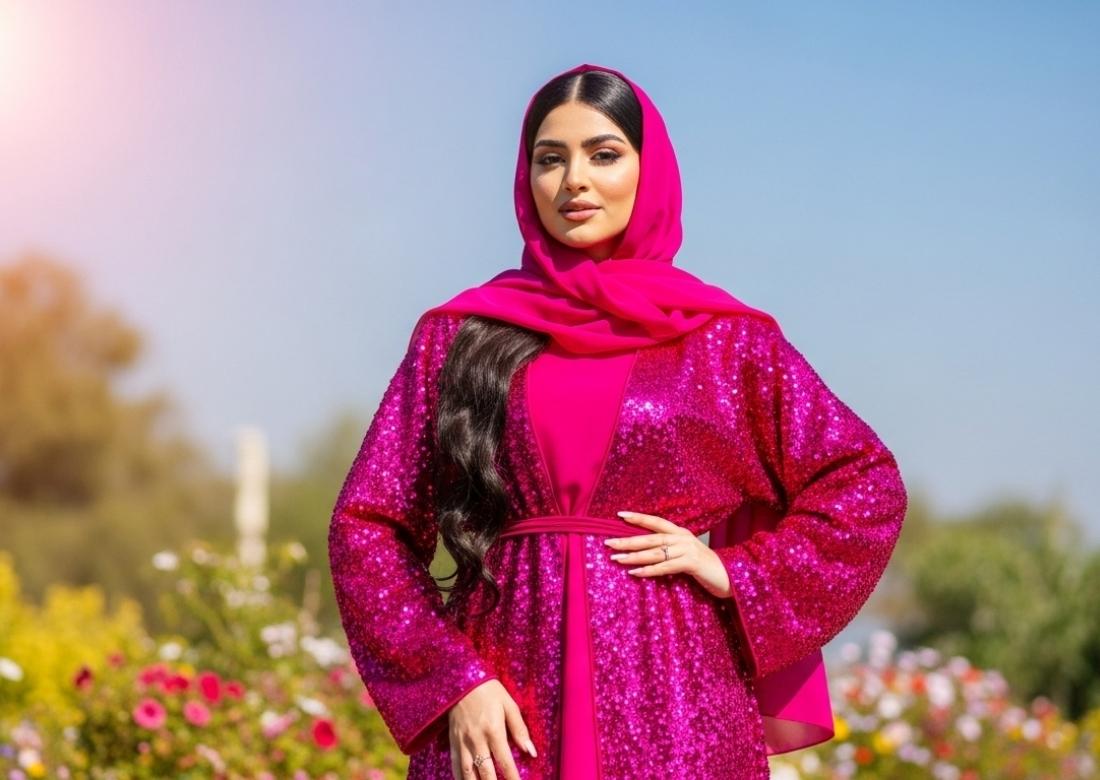
Clothing that is overly bright, shiny, or decorated in a way that draws public attention is discouraged. Islam promotes simplicity and modesty in appearance, particularly in public settings.
8. Clothing with Symbols of Other Religions
Wearing clothes that have symbols of other faiths, such as crosses, idols, or spiritual slogans from other religions, is not allowed. This can be seen as an endorsement of beliefs outside of Islam.
Why These Clothes Are Considered Haram
Islam protects the dignity, respect, and modesty of women. Clothing plays a major role in maintaining this protection. Haram clothes go against the Islamic guidelines of covering the body respectfully.
Wearing tight clothes, revealing clothes, or clothing that draws sexual attention exposes a woman to unwanted stares, disrespect, and temptation. Islam wants to preserve both the woman’s respect and the society’s moral values.
What Islam Says About Modest Clothing
Modest clothing is not just a tradition in Islam; it’s a clear part of the religion’s teachings. It helps protect personal dignity, fosters a respectful society, and allows a Muslim woman to express her faith through her dress.
Following these rules strengthens your connection with Allah and creates a safer, more respectful community for everyone.
Allah says in the Quran:
قُل لِّلْمُؤْمِنِينَ يَغُضُّوا۟ مِنْ أَبْصَـٰرِهِمْ وَيَحْفَظُوا۟ فُرُوجَهُمْ ۚ ذَٰلِكَ أَزْكَىٰ لَهُمْ ۗ إِنَّ ٱللَّهَ خَبِيرٌۢ بِمَا يَصْنَعُونَ
Meaning: O Prophet (S.A.W)! Tell the believing men to lower their gaze and guard their modesty: that will make for greater purity for them, and Allah is well acquainted with all that they do.
Reference: (Surah An-Nur 24:31)
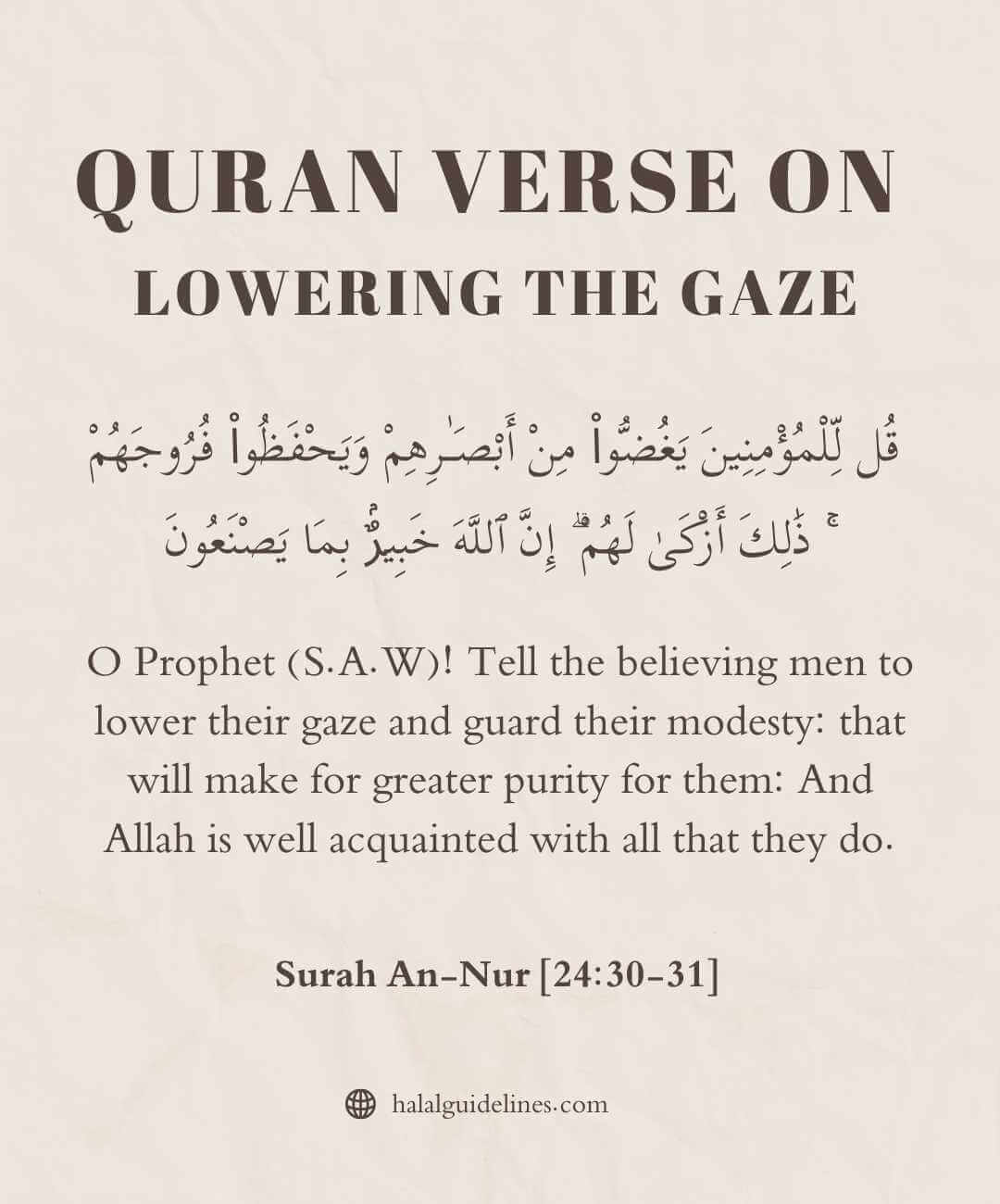
This verse indicates that women should guard their beauty and refrain from displaying it publicly.
The Prophet Muhammad (peace be upon him) also said:
عَنْ مَعْقِلِ بْنِ يَسَارٍ قَالَ قَالَ رَسُولُ اللَّهِ صَلَّى اللَّهُ عَلَيْهِ وَسَلَّمَ لَأَنْ يُطْعَنَ فِي رَأْسِ أَحَدِكُمْ بِمِخْيَطٍ مِنْ حَدِيدٍ خَيْرٌ لَهُ مِنْ أَنْ يَمَسَّ امْرَأَةً لَا تَحِلُّ لَهُ
Meaning: The Messenger of Allah, peace and blessings be upon him, said, “For one of you to be stabbed in the head with an iron needle is better for him than to touch a woman who is not permissible for him.”
Reference: Al-Mu’jam Al-Kabir 16910
This hadith warns against women who wear clothes that appear to cover them but still show the body in inappropriate ways.
Best Tips to Avoid Haram Clothing
Muslim women who want to avoid haram clothes should follow some basic rules:
- Choose loose-fitting clothes that do not reveal your body shape.
- Wear non-transparent garments.
- Cover the entire awrah, including arms, legs, and chest.
- Avoid designs that are flashy or meant to attract attention.
- Stay away from wearing western clothes that violate modesty.
Cultural Trends vs. Islamic Teachings
Today, fashion trends often promote revealing clothes as modern and attractive. However, Islam encourages women to stay true to their identity and values. It’s easy to be influenced by TV, social media, or celebrities wearing stylish but inappropriate clothing.
Being fashionable is not haram, but it must stay within the limits of Islam. Muslim women can wear beautiful, colorful, and stylish clothing as long as it meets modesty guidelines.
Encouraging Modesty with Wisdom
Islam encourages parents and elders to teach young girls the importance of modest clothing. Instead of forcing them, guide them with love, good examples, and understanding.
It’s also important for Muslim women to support and encourage one another in dressing modestly. Remember that our clothes reflect our inner values and identity.
Important Reminder for Our Muslim Women
Haram clothing includes anything that goes against the principles of modesty and respect in Islam. It is not about controlling women but about preserving dignity, identity, and faith. By avoiding tight clothes, revealing clothes, and inappropriate Western clothes, Muslim women can confidently live according to Islamic teachings.
If you’re unsure about a specific outfit, ask yourself: “Does this reflect Islamic modesty, or am I following trends that go against my faith?”
Dear Muslim sister, these types of clothing are haram, and there is no room for debate when it comes to the boundaries of modesty set by Islam. Our faith clearly instructs us to cover ourselves in a way that does not attract attention or reveal the shape of the body.
Modesty is not just a suggestion; it’s a command from Allah, and we must uphold it with sincerity and obedience.
May Allah guide all Muslim women to dress with honor and protect their modesty. Ameen.


